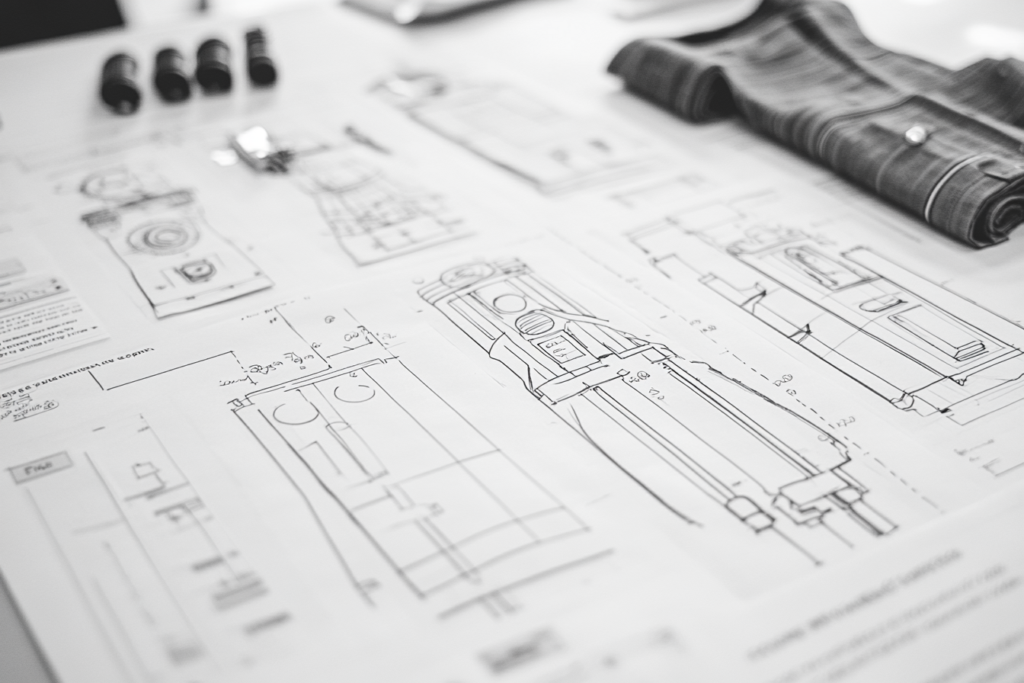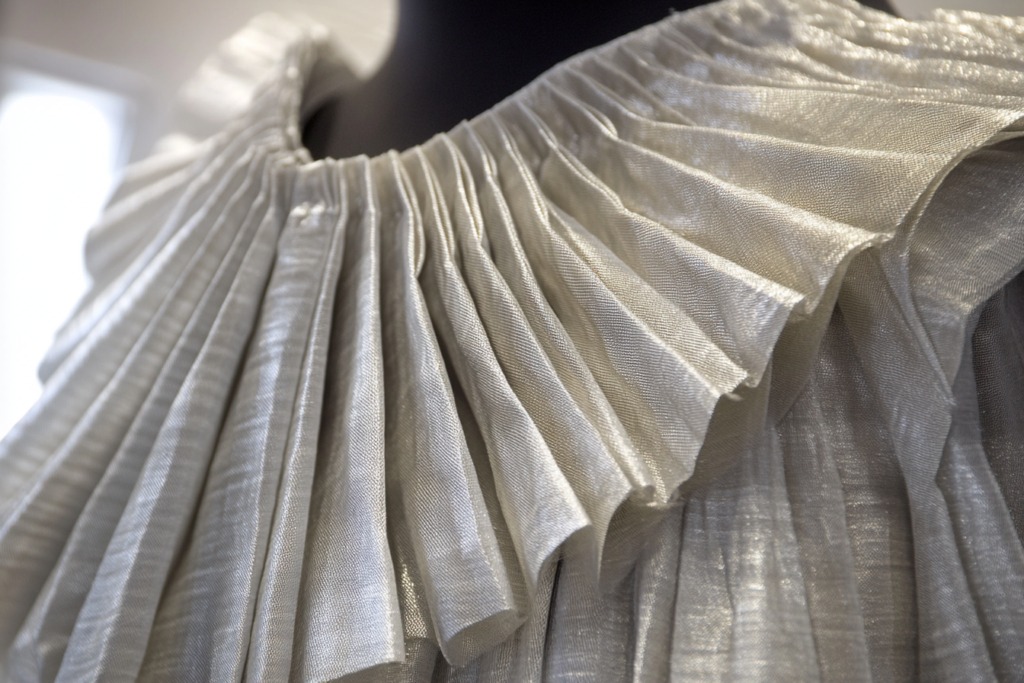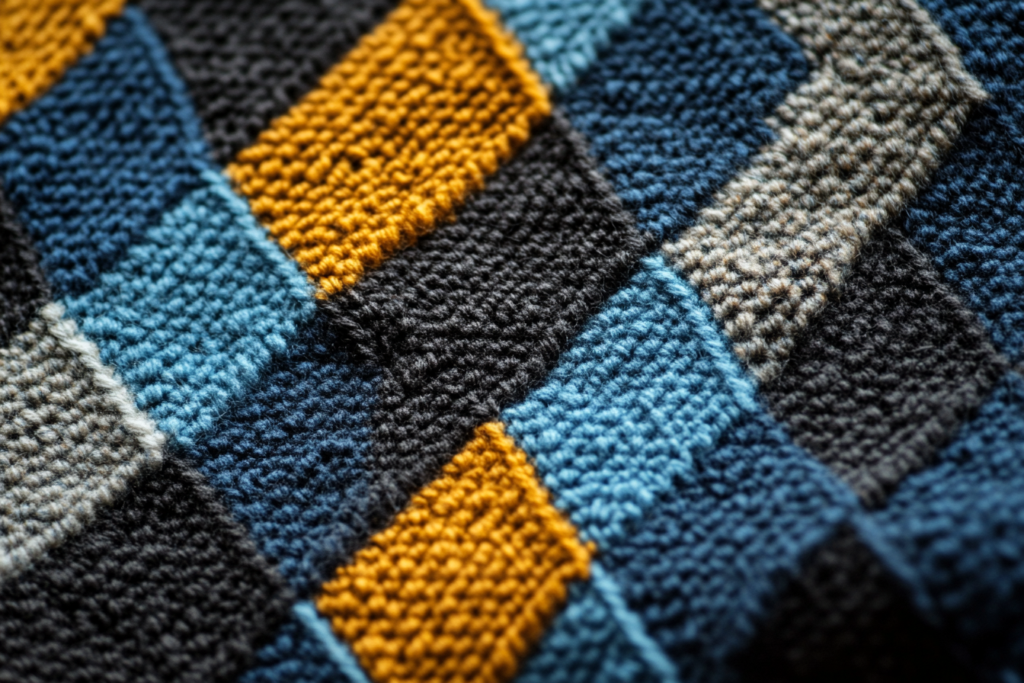Technical Package (Tech Pack): The Blueprint for Garment Production
Meta Description: A Technical Package (Tech Pack) is a comprehensive guide that includes the technical specifications, design details, and production instructions necessary for garment production. Learn how this crucial document streamlines the development process.
What is a Technical Package (Tech Pack)?
A Technical Package (also known as a tech pack) is a detailed document that serves as a blueprint or instruction manual for the development and production of garments. It contains all the technical specifications and design details needed for manufacturers to produce a garment that meets the designer’s vision. This package includes everything from fabric choices and colorways to measurement charts, patterns, and production instructions.
The tech pack is an essential tool for ensuring that the production process runs smoothly, as it provides the manufacturer with clear guidelines on how to create the garment accurately, while also allowing for consistent quality control.


Key Components of a Technical Package
📌 1. Technical Specifications
- The tech pack includes precise details about the garment, such as the materials used (fabric type, weight, and composition), the construction methods, and the specific measurements required for the garment.
- Example: If a designer specifies that a shirt should be made of 100% cotton fabric with a weight of 5 oz, this will be noted in the technical specifications.
📌 2. Design Sketches
- The tech pack contains detailed design sketches, often in the form of flat technical drawings that show the front and back views of the garment. These drawings outline construction details, such as the placement of pockets, zippers, buttons, or trims.
- Example: The flat sketch of a jacket may show the placement of the zipper, pockets, and seams, along with notes on fabric texture or color.
📌 3. Bill of Materials (BOM)
- The Bill of Materials is a list of all the materials and components needed to create the garment. This includes the main fabric, lining, trims, buttons, zippers, tags, and labels. Each component is listed with quantities, specifications, and sometimes even sources for procurement.
- Example: The BOM for a pair of jeans might list denim fabric, cotton thread, brass buttons, and leather patches.
📌 4. Size & Measurement Charts
- The size and measurement charts provide the garment’s specifications for all sizes (e.g., small, medium, large, etc.). It includes detailed body measurements, as well as finished garment measurements.
- Example: For a dress, the chart might show the chest width, waist measurement, hip measurement, and length for each size.
📌 5. Construction Details
- The construction details outline how each part of the garment should be assembled. This can include stitch types, seam allowances, and finishing techniques.
- Example: A blouse might be made with French seams on the side, while a pair of pants might use a flat-felled seam for durability.
📌 6. Production Timeline
- The production timeline details the steps and timeframe for each phase of the garment’s development, from initial sample creation to final production.
- Example: The timeline might specify that the prototype must be completed within 2 weeks, followed by a quality check and final adjustments before mass production begins.
Why is a Technical Package Important?
1. Clear Communication
- The tech pack ensures that there is clear communication between the designer, the product development team, and the manufacturer. It serves as a reference document that everyone involved in the production process can refer to, minimizing misunderstandings and errors.
2. Consistency and Quality Control
- By providing detailed specifications and measurements, the tech pack ensures consistent quality across all units produced. Manufacturers follow the exact instructions to replicate the garment, ensuring uniformity and reducing the risk of defects or design variations.
3. Cost Control
- With a detailed tech pack, manufacturers have a clear understanding of the materials and processes needed for production. This helps control costs, as manufacturers can accurately estimate material quantities and labor costs, avoiding unexpected expenses during production.
4. Efficient Production Process
- A comprehensive tech pack streamlines the production process by giving the manufacturer all the necessary details upfront. This leads to faster turnaround times, fewer revisions, and less back-and-forth communication.
5. Intellectual Property Protection
- The tech pack serves as an important tool for protecting a designer’s intellectual property. By documenting the design and specific construction details, it can help prove ownership of the garment’s unique design elements in case of disputes.
How to Create a Technical Package
Creating a tech pack involves several steps:
📍 Step 1: Gather Design Information
- Start by collecting all the design details and ideas, including any sketches, material choices, and measurements.
📍 Step 2: Create Technical Drawings
- Draw flat sketches that show the garment from the front and back, with any annotations for specific design features like trims or construction details.
📍 Step 3: List the Materials
- Include the Bill of Materials (BOM), listing all components such as fabric, thread, buttons, zippers, and labels, with quantities and sources.
📍 Step 4: Add Size and Measurement Charts
- Develop size charts that include both body measurements and finished garment measurements.
📍 Step 5: Include Construction Specifications
- Detail the seams, stitch types, and any special finishing techniques required for the garment.
📍 Step 6: Define the Production Timeline
- Outline the production schedule, including milestones for sample creation, quality checks, and mass production.
Illustration of a Technical Package (Tech Pack)
Here is an illustration showing how a typical technical package might look, including flat sketches, size charts, BOM, and construction details. This visual guide serves as a clear reference for garment production.

Conclusion: The Vital Role of a Tech Pack in Garment Production
A Technical Package (Tech Pack) is a critical document in garment production, ensuring that designers’ visions are accurately brought to life by manufacturers. By providing detailed specifications, measurements, and instructions, the tech pack streamlines the production process, ensuring quality, consistency, and efficiency. It serves as both a guide and a record for the entire development cycle, from prototype creation to final production.



